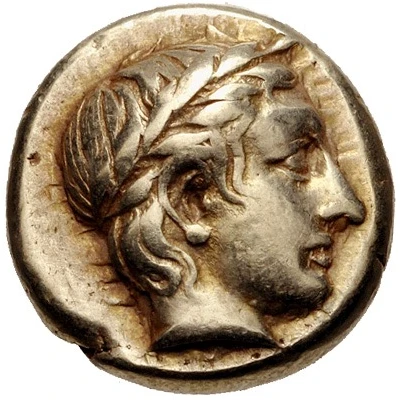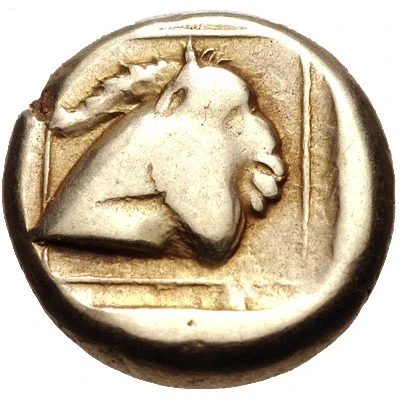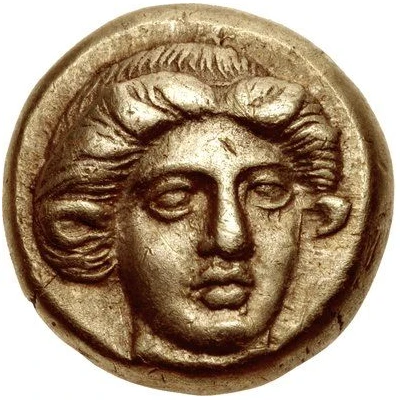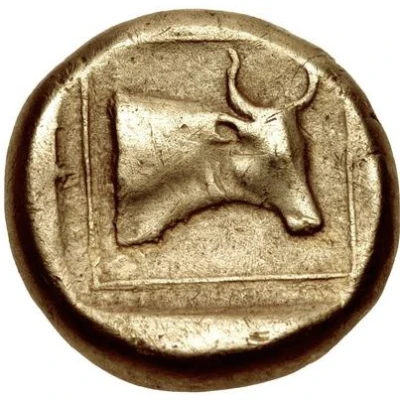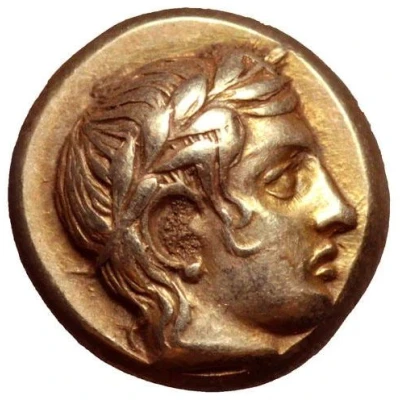
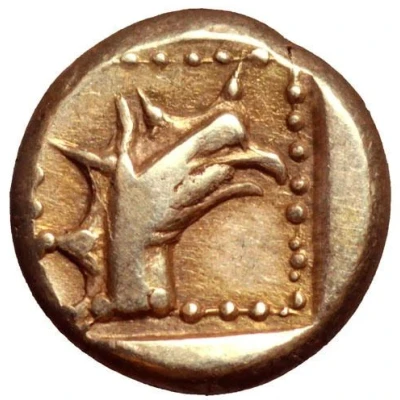

© Roma Numismatics Limited
Hekte 430 BC - 410 BC
| Electrum | 2.58 g | 10 mm |
| Issuer | Mytilene (Lesbos) |
|---|---|
| Type | Standard circulation coin |
| Years | 430 BC - 410 BC |
| Value | Hekte (14⁄3) |
| Currency | Drachm |
| Composition | Electrum |
| Weight | 2.58 g |
| Diameter | 10 mm |
| Shape | Round (irregular) |
| Technique | Hammered, Incuse |
| Orientation | Variable alignment ↺ |
| Demonetized | Yes |
| Updated | 2024-10-10 |
| Numista | N#421015 |
|---|---|
| Rarity index | 100% |
Reverse
Head of griffin to right, with stylised eagle head and reptile crest, within a dotted frame; all within incuse square.
Interesting fact
The Hekte coin was used as a form of currency in ancient Greece, specifically in the city-state of Mytilene on the island of Lesbos. It was made of electrum, a naturally occurring alloy of gold and silver, and weighed approximately 2.58 grams. Despite its small size, the Hekte coin played an important role in the economy of Mytilene and was used for everyday transactions. Its design featured an image of a lion's head on one side and an inscription on the other, which helped to identify its value and authenticity. Today, the Hekte coin is a valuable collector's item and a fascinating piece of ancient Greek history.
